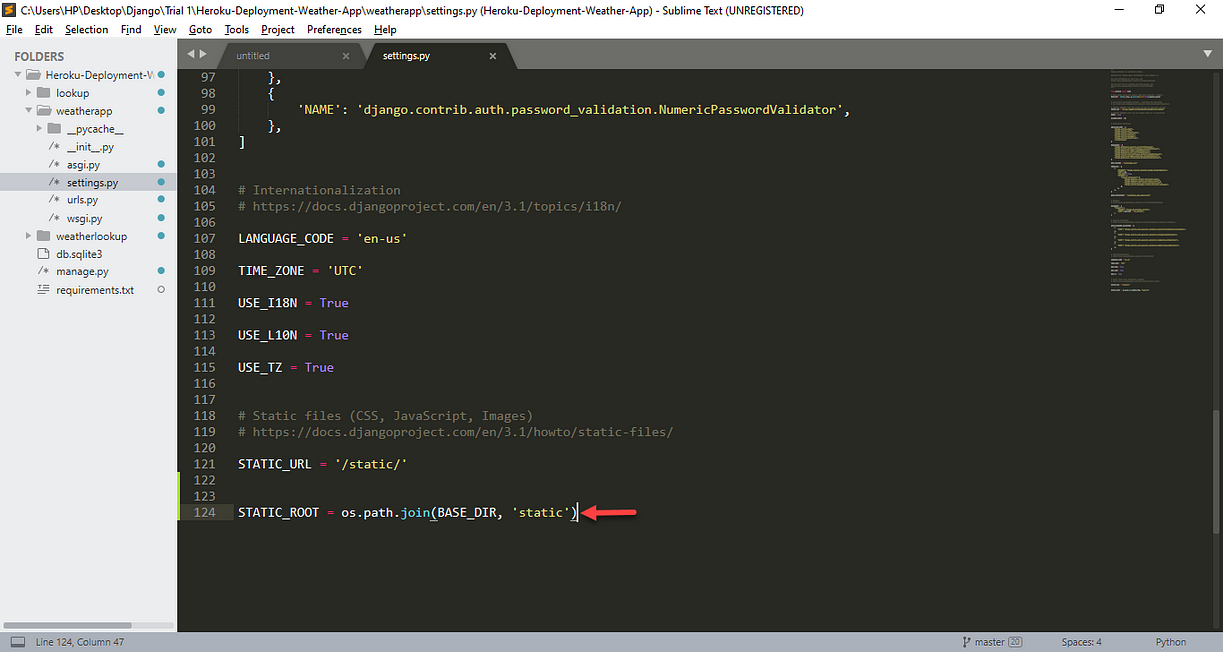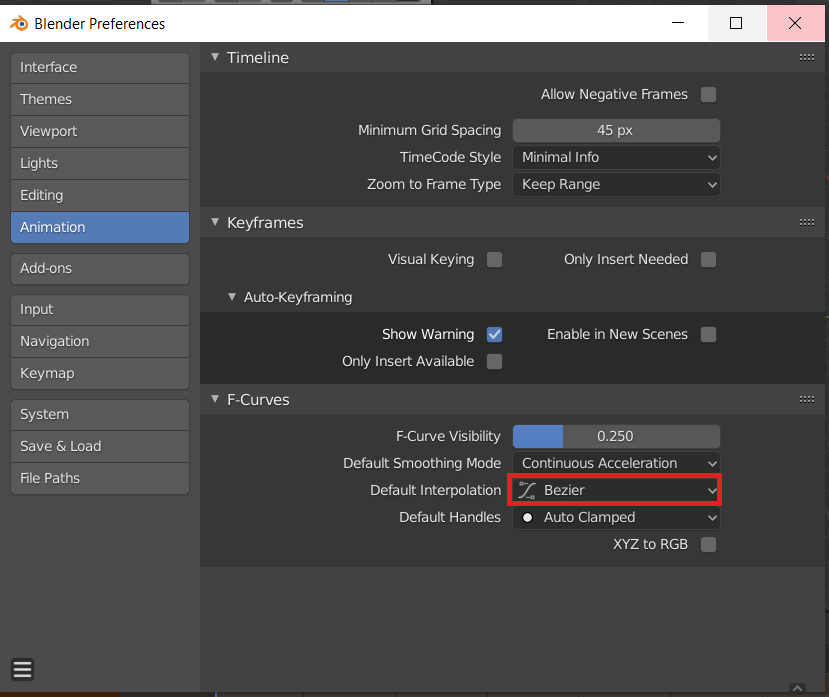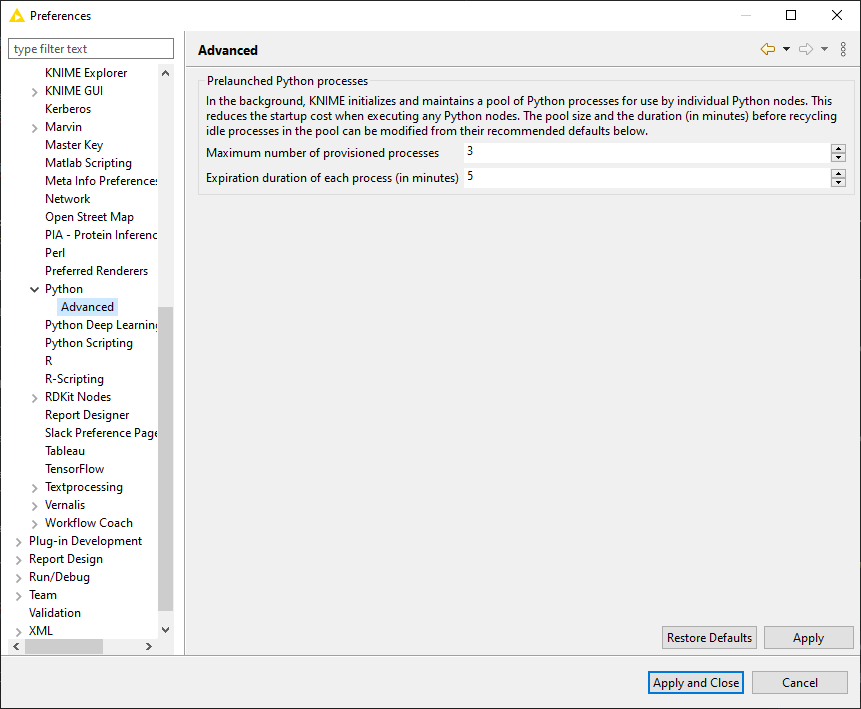

Note, however, that using the Select Linter command overwrites those edits.Ĭustom arguments are specified in the appropriate arguments setting for each linter. You can also edit your settings manually to enable multiple linters. To select a different linter, use the Python: Select Linter command. True/false enable setting (python.linting.) For descriptions of individual settings, see the Linter settings reference.

The following table provides a summary of available Python linters and their basic settings.
#How to change preferences in python code#
The combination provides frequent linting feedback in your code as you type. When enabling lintOnSave, you might also want to enable the generic toSave option (see Save / Auto Save). You can easily change by using the Python: Enable Linting command. To change the linting behavior across all enabled linters, modify the following settings: Feature Refer to User and Workspace settings to find out more about working with settings in VS Code generally. You can add any of the settings to your user settings.json file (opened with the File > Preferences > Settings command ⌘, (Windows, Linux Ctrl+,)). The remainder of this article describes settings for linting in general as well as specific linters. Hovering over an underlined issue displays the details: Issues are shown in the Problems panel and as underlines in the code editor.

#How to change preferences in python install#
In that case, either run VS Code elevated, or manually run the Python package manager to install the linter at an elevated command prompt for the same environment: for example sudo pip3 install pylint (macOS/Linux) or pip install pylint (Windows, at an elevated prompt) Disable linting Note: If you're using a global environment and VS Code is not running elevated, linter installation may fail. See Specific linters for details.Įnabling a linter prompts you to install the required packages in your selected environment for the chosen linter. This command adds "": true to your settings, where is the name of the chosen linter. To enable linters, open the Command Palette ( ⇧⌘P (Windows, Linux Ctrl+Shift+P)) and select the Python: Select Linter command. You can easily enable and disable all linting by using the Python: Enable Linting command. If you require third-party linters for additional problem detection, however, you can enable them by using the Python: Select Linter command and selecting the appropriate linter. Linting is thus distinct from Formatting because linting analyzes how the code runs and detects errors whereas formatting only restructures how code appears.īy default, stylistic and syntactical code detection is enabled by the Language Server. For example, linting detects use of an uninitialized or undefined variable, calls to undefined functions, missing parentheses, and even more subtle issues such as attempting to redefine built-in types or functions.

Linting highlights syntactical and stylistic problems in your Python source code, which oftentimes helps you identify and correct subtle programming errors or unconventional coding practices that can lead to errors. Configure IntelliSense for cross-compilingĮdit Linting Python in Visual Studio Code.


 0 kommentar(er)
0 kommentar(er)
